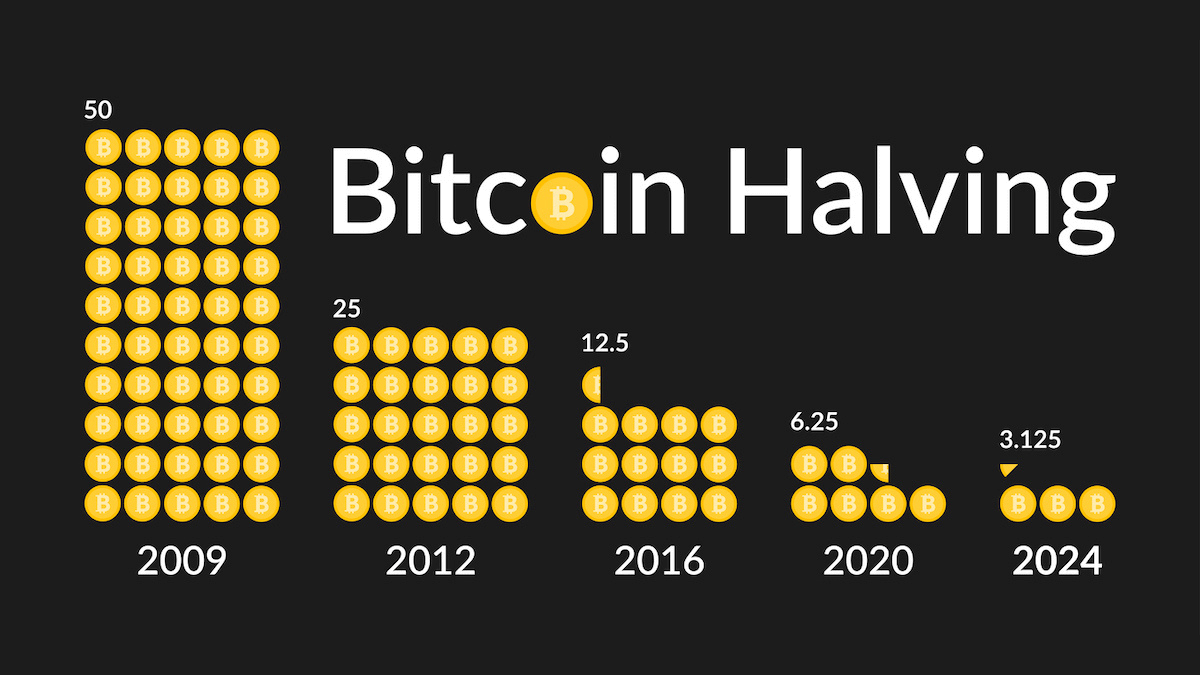Crypto lending involves depositing cryptocurrency, which is then lent out to borrowers in exchange for regular interest payments. These payments are typically made in the form of the deposited cryptocurrency and are compounded daily, weekly, or monthly.
There are two primary types of crypto lending platforms: decentralized and centralized. Both types offer high interest rates, sometimes reaching up to 20% annual percentage yield (APY), and generally require borrowers to deposit collateral to secure a loan.
Understanding Crypto Lending
Cryptocurrency lending platforms provide opportunities for investors to borrow against their deposited crypto assets and for lenders to earn interest. These platforms gained popularity in 2020 and have since accumulated billions in total value locked.
Crypto lending has two main components: earning interest on deposits and taking out cryptocurrency loans. Deposit accounts work similarly to bank accounts. Users deposit cryptocurrency, and the platform pays interest, using these funds to lend to borrowers or for other investments.
Crypto loans are typically collateralized, requiring borrowers to deposit a minimum of 100% to 150% of the loan amount in crypto collateral. Interest rates vary by platform, and loan terms can range from as short as seven days to as long as 180 days, with some platforms, like Binance, charging an hourly interest rate.
Types of Crypto Loans
There are several types of cryptocurrency loans:
Collateralized Loans: These are the most common and require cryptocurrency to be deposited as collateral. Most platforms require overcollateralization, meaning borrowers can access only a portion of the deposited collateral, usually below a 90% loan-to-value (LTV) ratio. Lower LTVs generally result in lower interest rates and reduced risk of margin calls.
Crypto Lines of Credit: Instead of traditional loans with fixed terms, some platforms offer an instant crypto line of credit. Users can borrow up to a certain percentage of their deposited collateral without set repayment terms and are charged interest only on the funds withdrawn.
Uncollateralized Loans: These function like personal loans and do not require collateral. Borrowers must pass identity verification and a creditworthiness review. These loans carry a higher risk for lenders since there is no collateral to liquidate in case of default.
Flash Loans: Available on crypto exchanges, flash loans are instant loans that must be repaid within the same transaction. They are high-risk and typically used for market arbitrage opportunities, such as buying and selling cryptocurrency within a single transaction to capitalize on price differences.
Risks of Crypto Lending
Crypto lending carries inherent risks for both borrowers and lenders due to the volatile nature of the crypto market. The Celsius Network debacle is a notable example where billions of dollars in deposits were frozen overnight. Here are some of the primary risks:
Margin Calls: A drop in the value of the collateral can trigger a margin call, requiring borrowers to deposit more collateral or risk liquidation.
Illiquidity: Deposited crypto assets become illiquid, and accessing them quickly can be challenging.
Lack of Regulation: Unlike traditional banks, crypto lending platforms are not regulated, meaning deposits are not insured, and users have no legal protections in case of platform insolvency.
High Interest Rates: While some loans offer low rates around 0%, most others charge over 5% APR, with some going up to 13% or more.
How to Get a Crypto Loan
To apply for a crypto loan, users must sign up for a centralized lending platform like Helio Lending or connect a digital wallet to a decentralized platform like Aave. They select the collateral, type of loan, and amount to borrow. Once the collateral is deposited into the platform’s wallet, the borrowed funds are transferred to the user’s account or wallet. Most crypto-backed loans offer instant approval, with terms locked in via a smart contract.
How to Lend Crypto
To lend crypto, users sign up for a lending platform, choose a supported cryptocurrency, and deposit funds. Interest is paid in kind or with the platform’s native token on centralized platforms. On decentralized platforms, interest is typically paid in kind, with possible bonus payments.
Is Crypto Lending Safe?
Crypto lending is a double-edged sword. While collateralized loans allow lenders to recoup losses through liquidation in case of default and offer higher interest rates than traditional bank accounts, platforms can freeze funds, as seen with Celsius. Additionally, there are no legal protections for investors. Borrowers also face risks, as the value of their collateral can drop, leading to liquidation. Regulatory scrutiny is increasing, with platforms like BlockFi facing fines for violating securities laws.
How Do You Make Money Lending Crypto?
Lending crypto involves depositing funds into a lending platform, which are then lent out to borrowers who pay interest. This interest, along with potential alternative investments by the platform, generates returns for the lender.
What Is Decentralized Finance (DeFi) Lending?
DeFi lending platforms are not centrally governed but operate through smart contracts. They offer instant crypto loans and allow users to connect digital wallets, deposit collateral, and access funds quickly. DeFi lending typically requires overcollateralization and compounds interest on a minute-by-minute basis. Unlike centralized platforms, the collateral in DeFi also earns interest even when tied to a loan.




